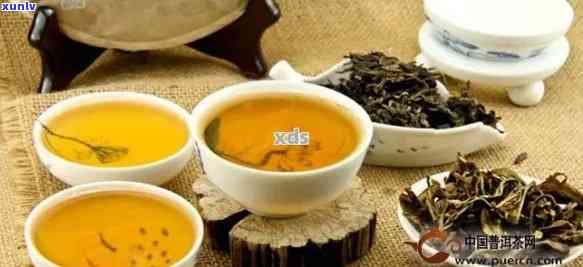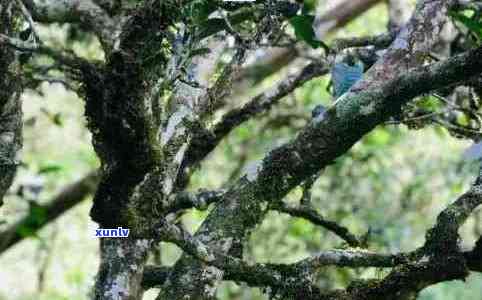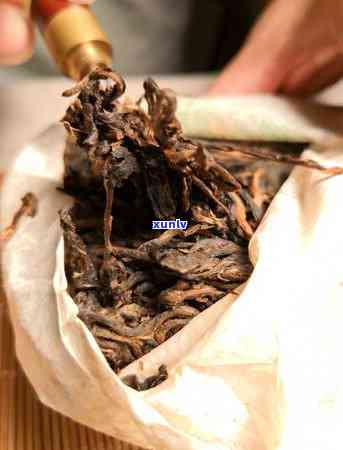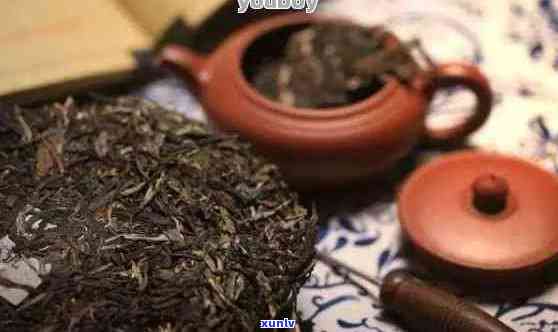Exploring the Multifaceted World of Pu'er Tea: An English Overview
Exploring the Multifaceted World of Pu'er Tea: An English Overview

Pu'er tea, a fermented and aged tea variety from the Yunnan province of China, has captivated the palates and imaginations of tea enthusiasts worldwide. With its rich history, intricate production process, and numerous health benefits, Pu'er tea stands out as a unique and fascinating beverage. This article delves into the multifaceted world of Pu'er tea, uncovering its origins, production methods, and cultural significance, while also providing an English overview of how to introduce and reciate this extraordinary tea.
Pu'er tea is not just a drink; it's a journey through time, a connection to ancient traditions, and a symbol of well-being. Its deep, earthy flavors and aging potential make it a subject of endless exploration and discussion. Whether you are a seasoned tea drinker or a curious newcomer, there is much to discover in the world of Pu'er tea.
---
Introduction to Pu'er Tea in English

Pu'er tea, pronounced as poo-er, is a type of tea that is unique to China, particularly the Yunnan region. Unlike other teas that are consumed soon after harvest, Pu'er is aged, sometimes for decades, to develop its complex flavors and aromas. This aging process is what sets Pu'er tea apart from all other teas, making it a true connoisseur's choice.
Pu'er tea is made from the leaves of the Camellia sinensis plant, the same plant used to make green, black, and oolong teas. However, what makes Pu'er tea special is its production process. The leaves are firstwithered, rolled, and then undergo a unique fermentation process. After this initial fermentation, the tea is either formed into cakes, bricks, or loose-leaf form and then left to age.
The aging process is crucial for Pu'er tea. As it ages, the tea undergoes further fermentation, which can be either natural or artificial. This results in a deep, earthy flavor that is often described as umami or savory. The longer the tea ages, the *** oother and more complex its flavors become.
How to Say Pu'er Tea in English
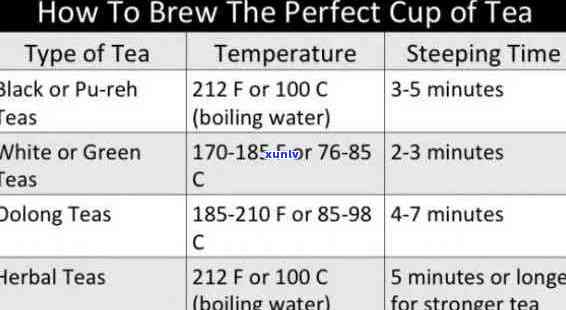
In English, Pu'er tea is simply referred to as Pu'er. There is no need for additional prefixes or suffixes. The name itself is unique and does not require translation. When discussing Pu'er tea, it's important to pronounce it correctly to avoid confusion. The correct pronunciation is poo-er, with the emphasis on the first syllable.
Understanding the correct terminology is essential when discussing Pu'er tea in English. It not only shows your knowledge of the subject but also helps in communicating effectively with other tea enthusiasts.
Writing an English Composition on Pu'er Tea
When writing an English composition on Pu'er tea, it's important to cover several key aspects to provide a comprehensive overview. Here are some points to consider:

1. History and Origin: Start by discussing the historical significance of Pu'er tea. Originating from the Yunnan province, Pu'er tea has a rich history that dates back to the代 (Tang Dynasty).
2. Production Process: Delve into the intricate steps involved in producing Pu'er tea, from harvesting the leaves to the aging process.
3. Health Benefits: Explore the health benefits associated with Pu'er tea, such as its ability to lower cholesterol, d in digestion, and boost cardiovascular health.
4. Cultural Significance: Discuss how Pu'er tea is deeply embedded in Chinese culture, often used in ceremonies and as a symbol of hospitality.

5. Tasting Notes: Provide a description of the taste and aroma of Pu'er tea, emphasizing the differences between young and aged varieties.
6. Aging and Storage: Expln the importance of proper aging and storage for Pu'er tea to mntn its quality and flavor.
An English Introduction to Pu'er Tea
Pu'er tea is a type of Chinese tea that has gned significant popularity in recent years. Known for its unique aging process and earthy flavors, Pu'er tea offers a distinct experience for tea lovers. Here's a brief introduction in English:
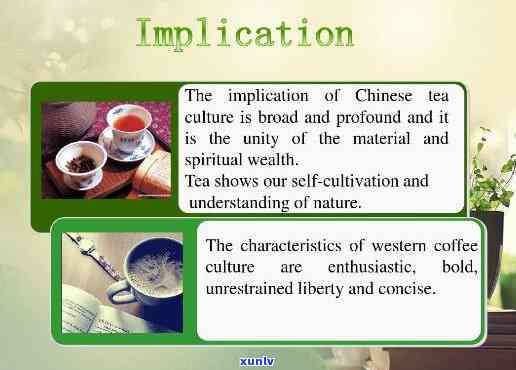
Welcome to the world of Pu'er tea, a fermented and aged tea variety from the Yunnan province of China. Unlike other teas, Pu'er is aged for several years, sometimes even decades, to develop its complex and rich flavors. The production process involves withering, rolling, and fermenting the leaves, followed by aging. Pu'er tea is avlable in various forms, including cakes, bricks, and loose-leaf, and is known for its health benefits and cultural significance. Whether you are a tea connoisseur or a curious beginner, Pu'er tea offers a unique and rewarding experience.
Conclusion
Pu'er tea is more than just a beverage; it's a journey through time and culture. Its production process, aging potential, and health benefits make it a fascinating subject for exploration. By understanding its origins, production methods, and cultural significance, we can


